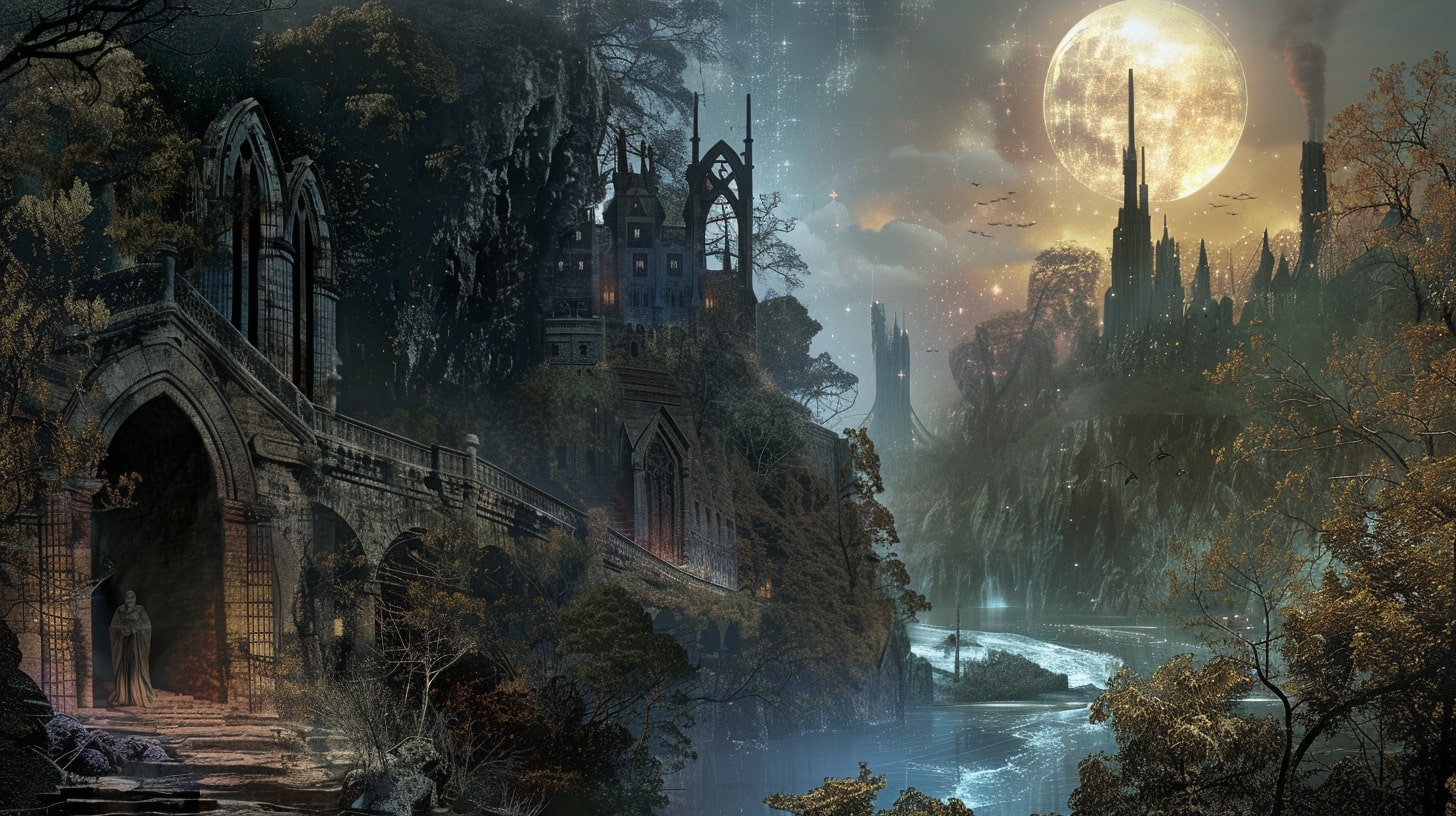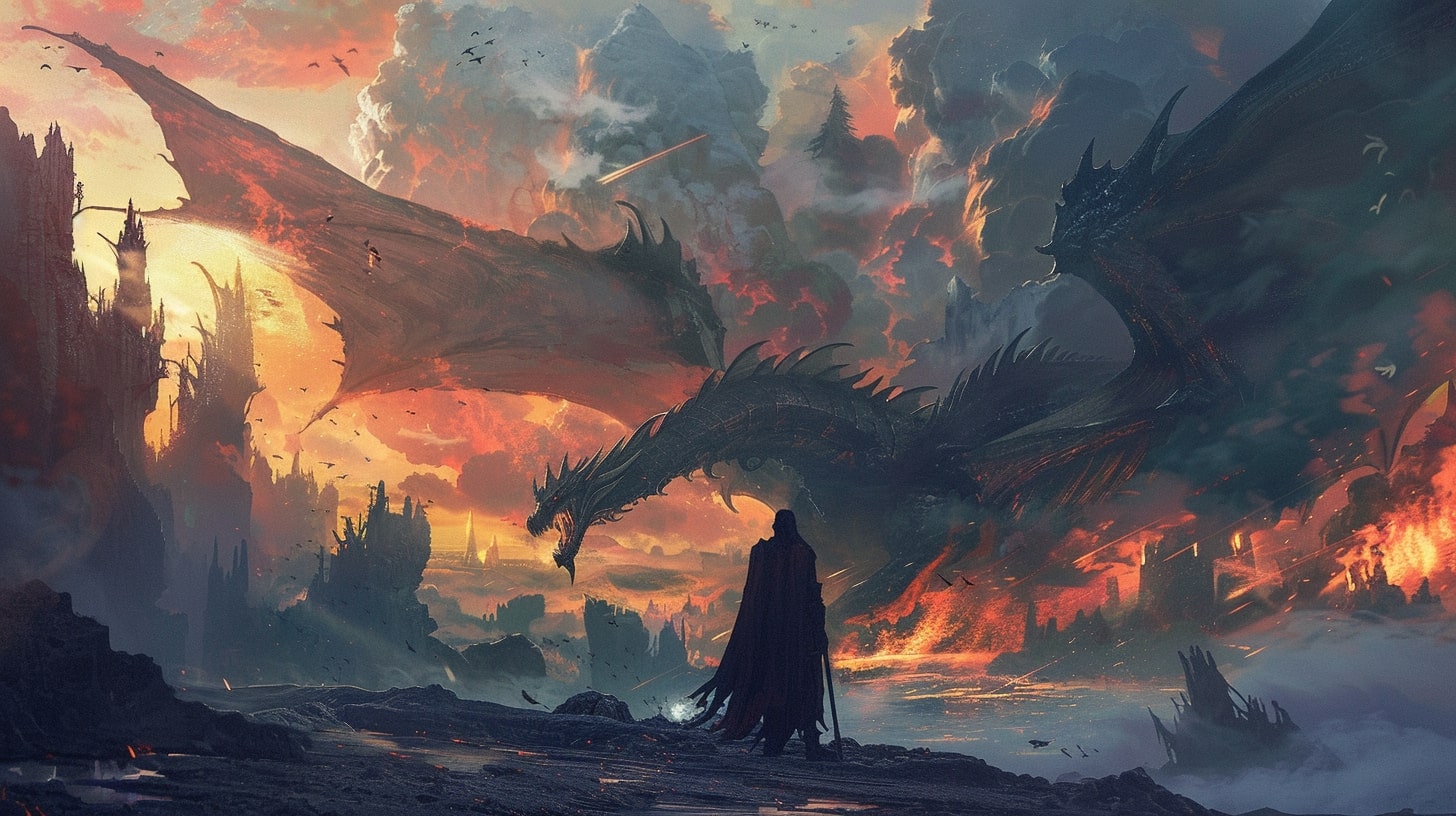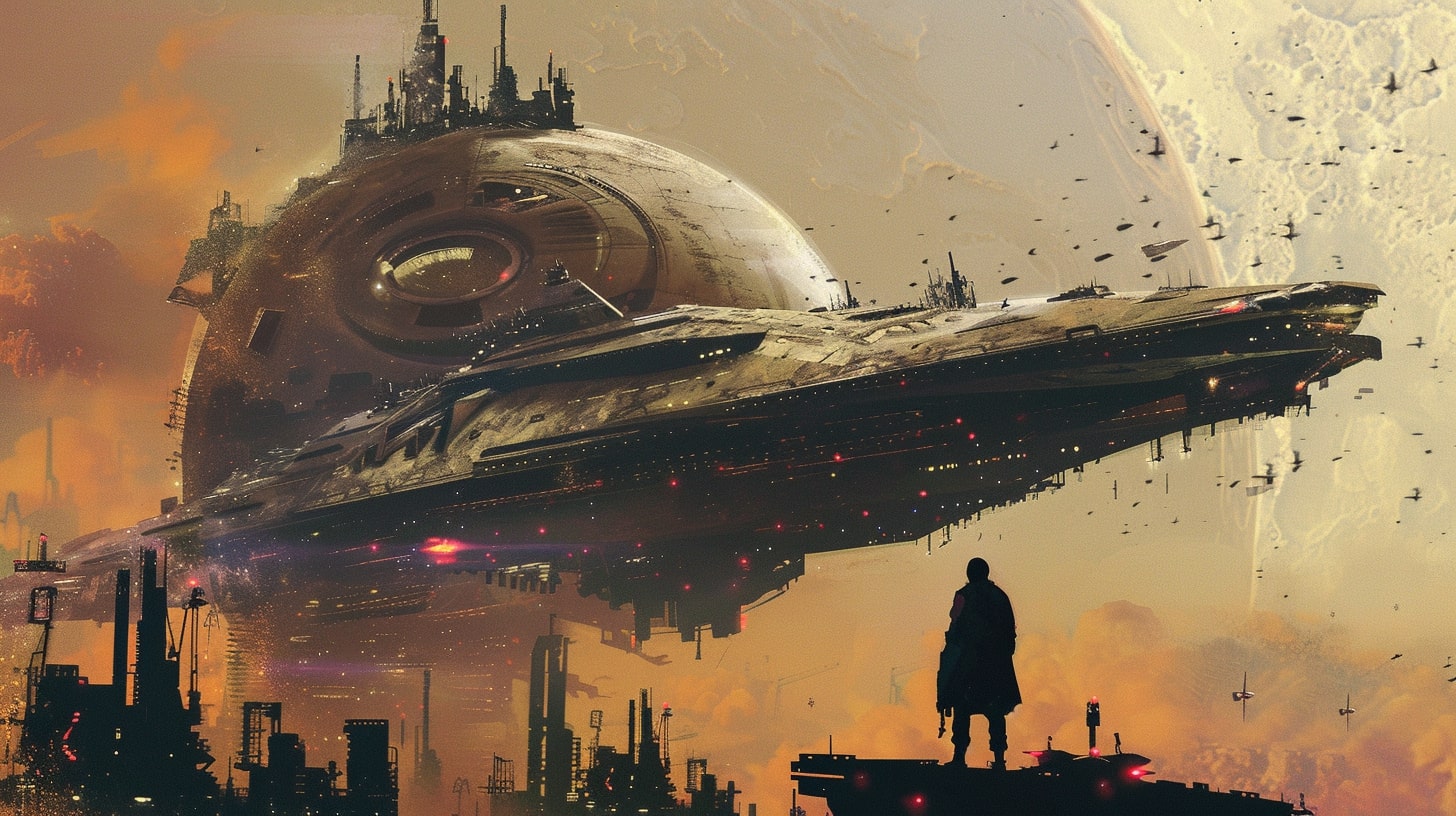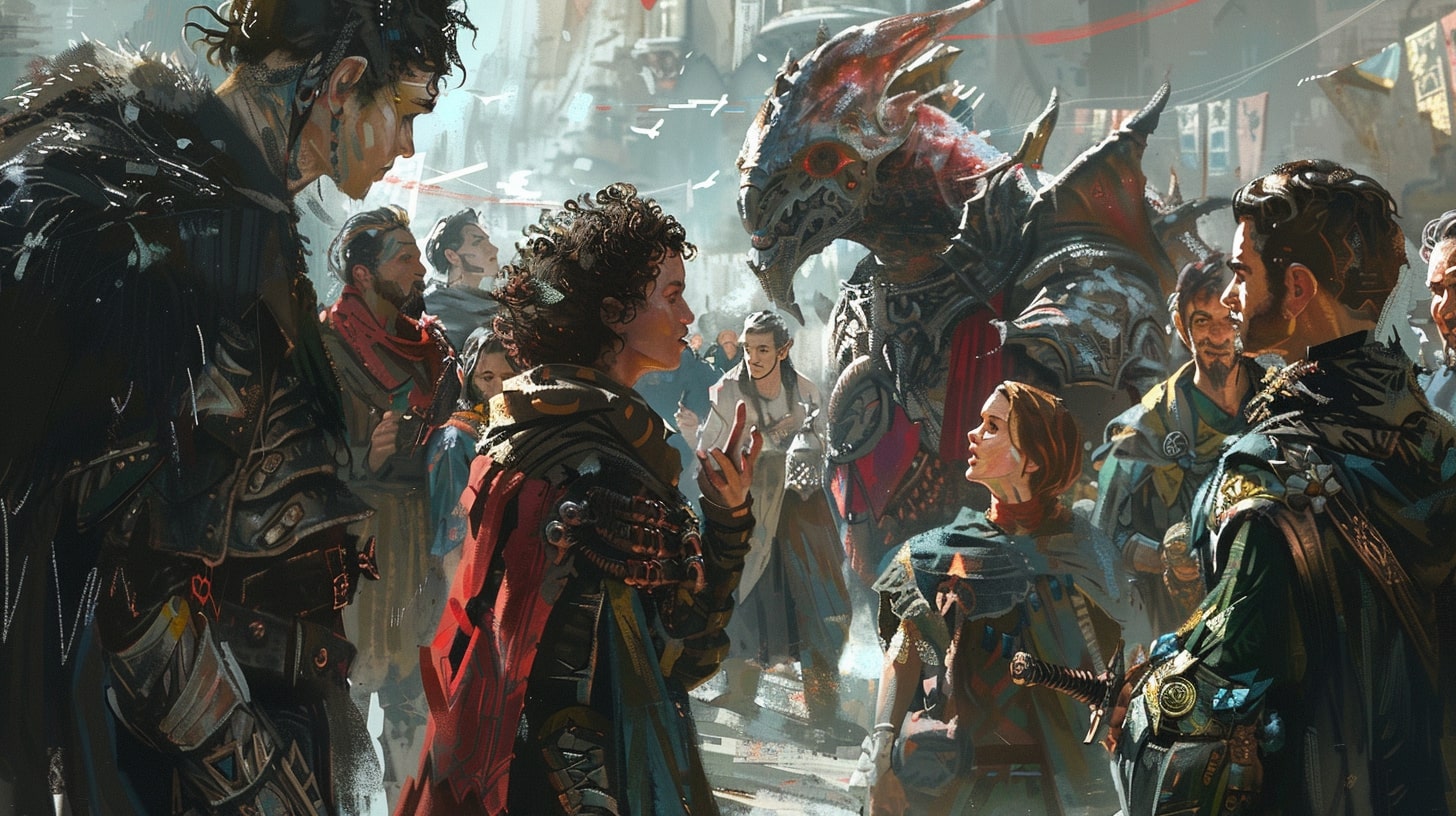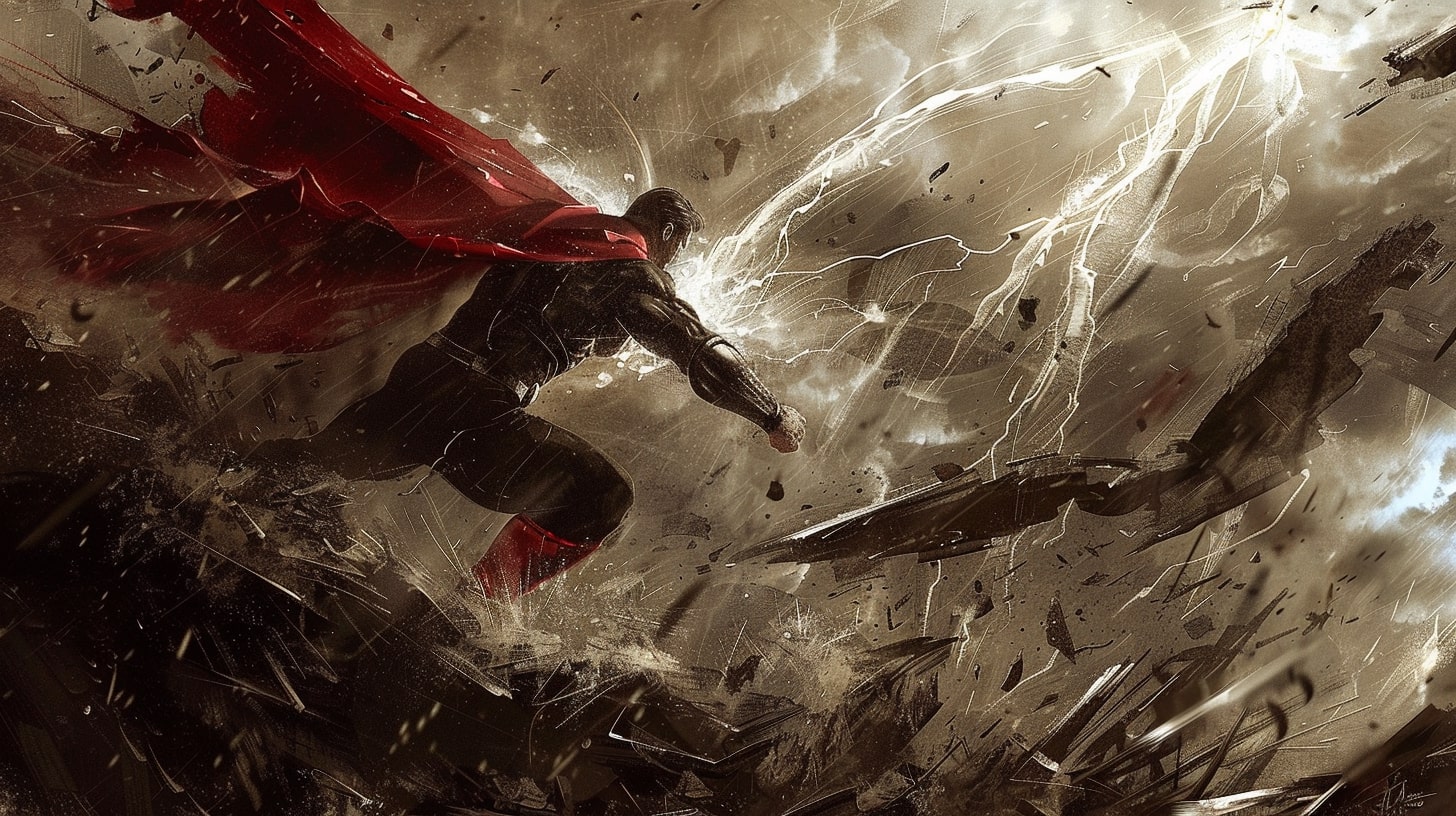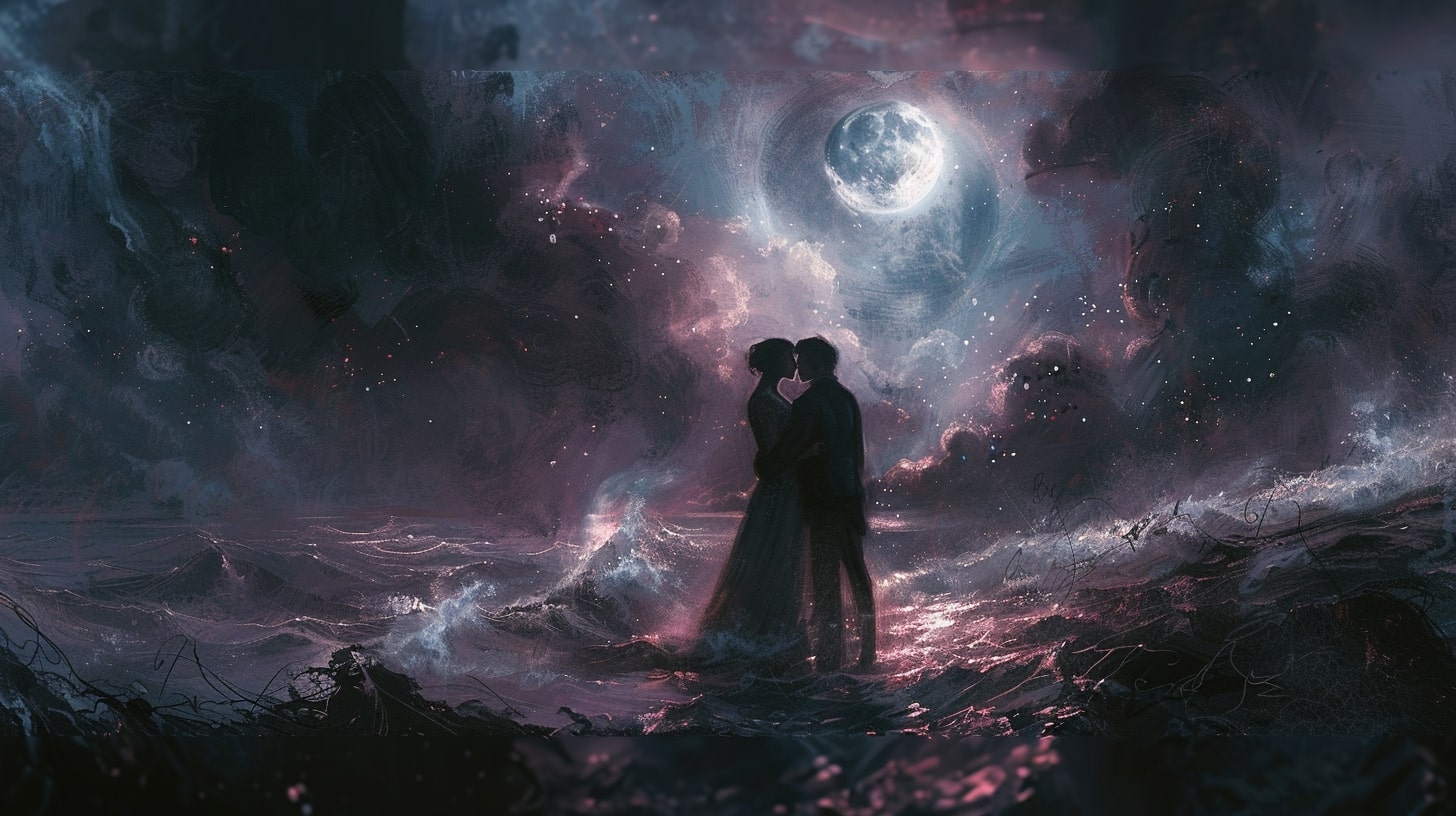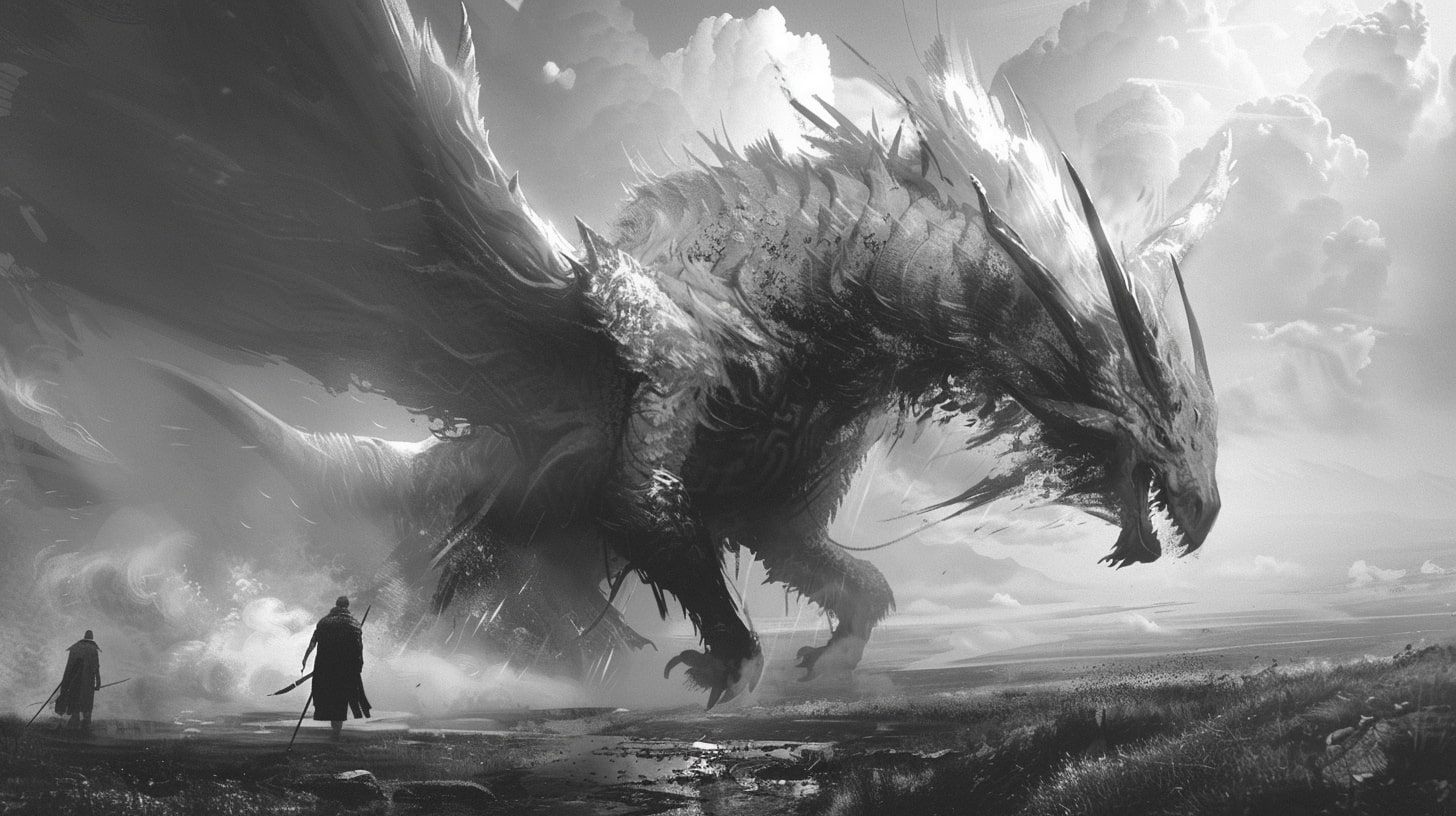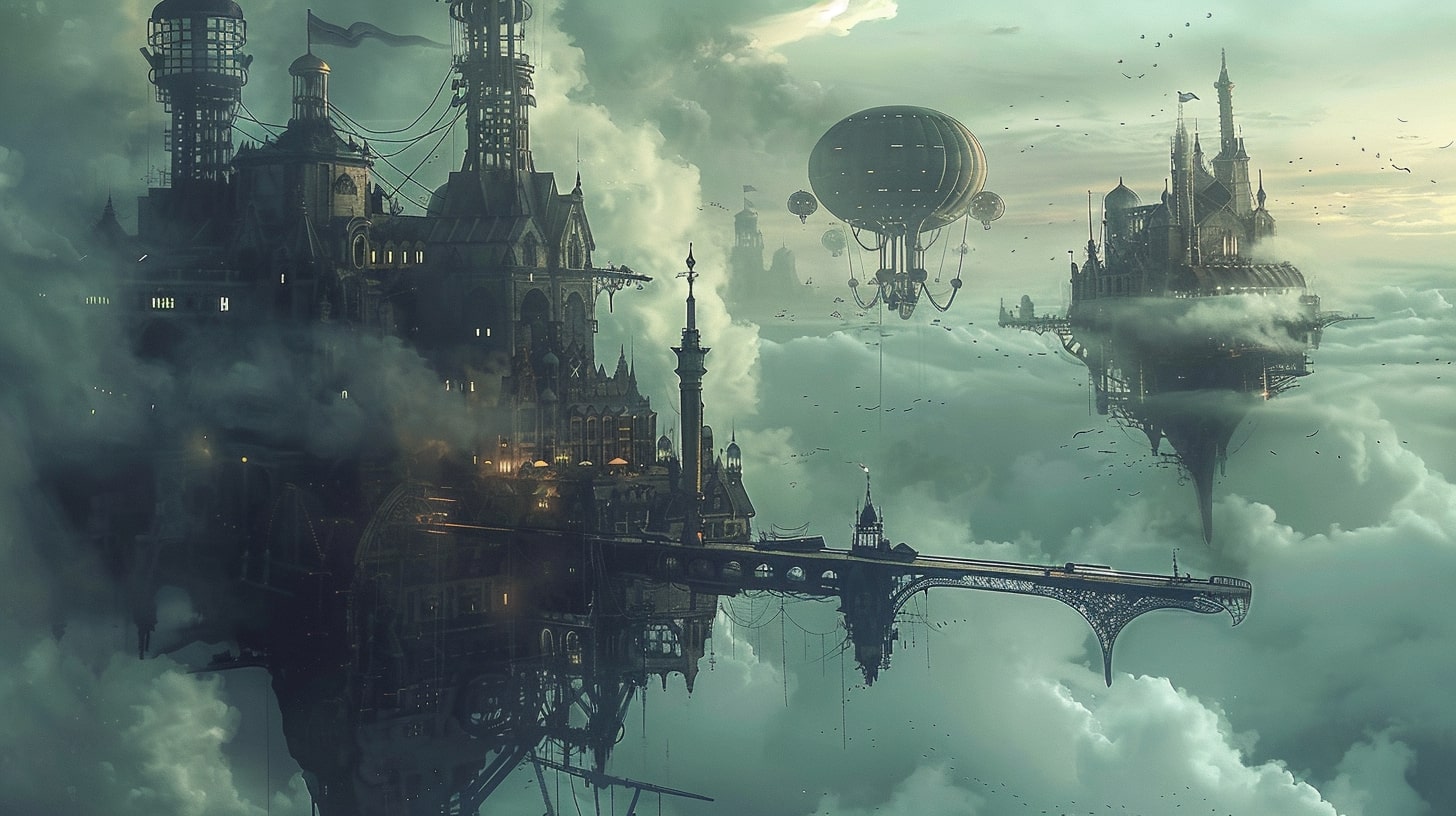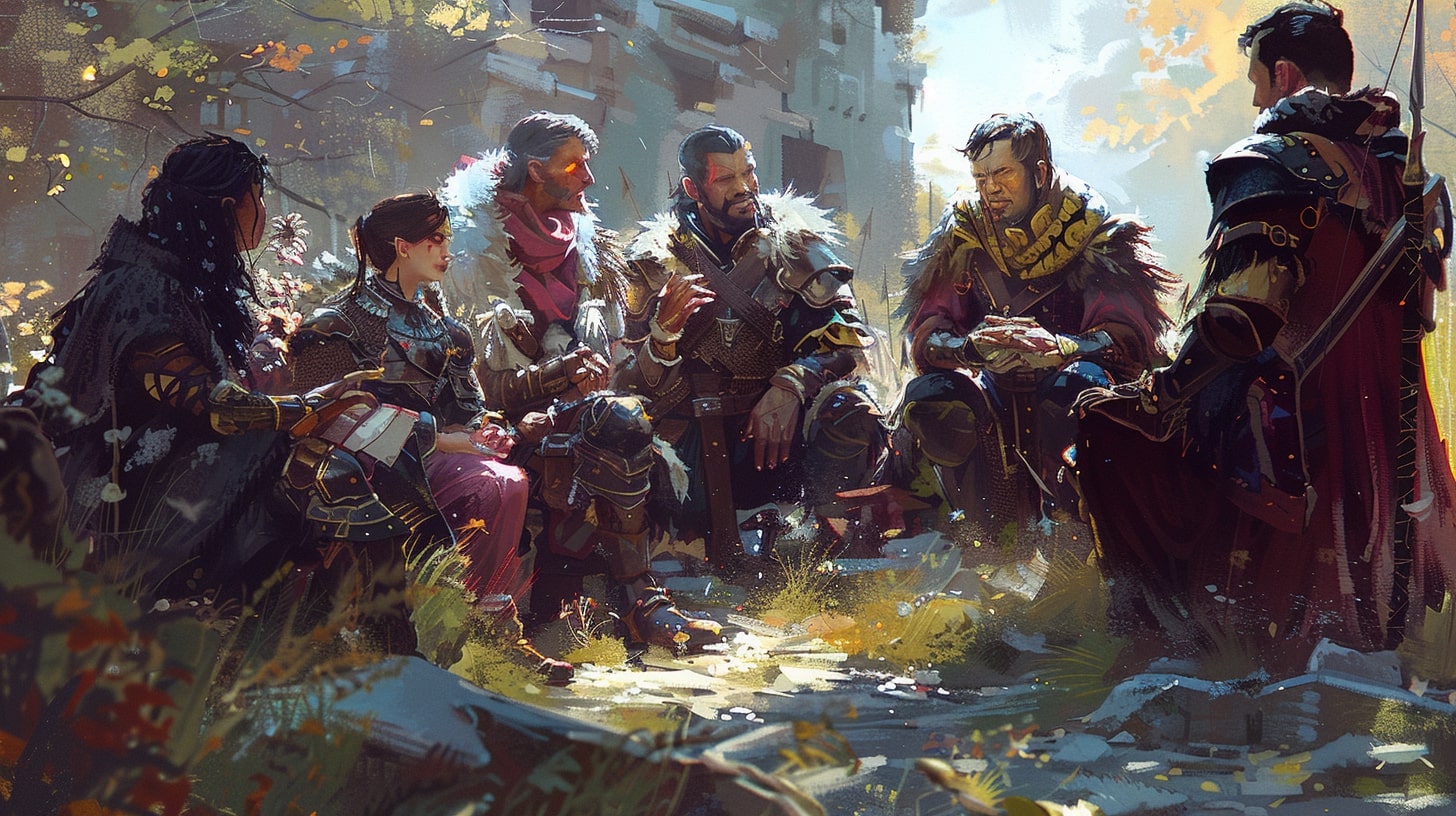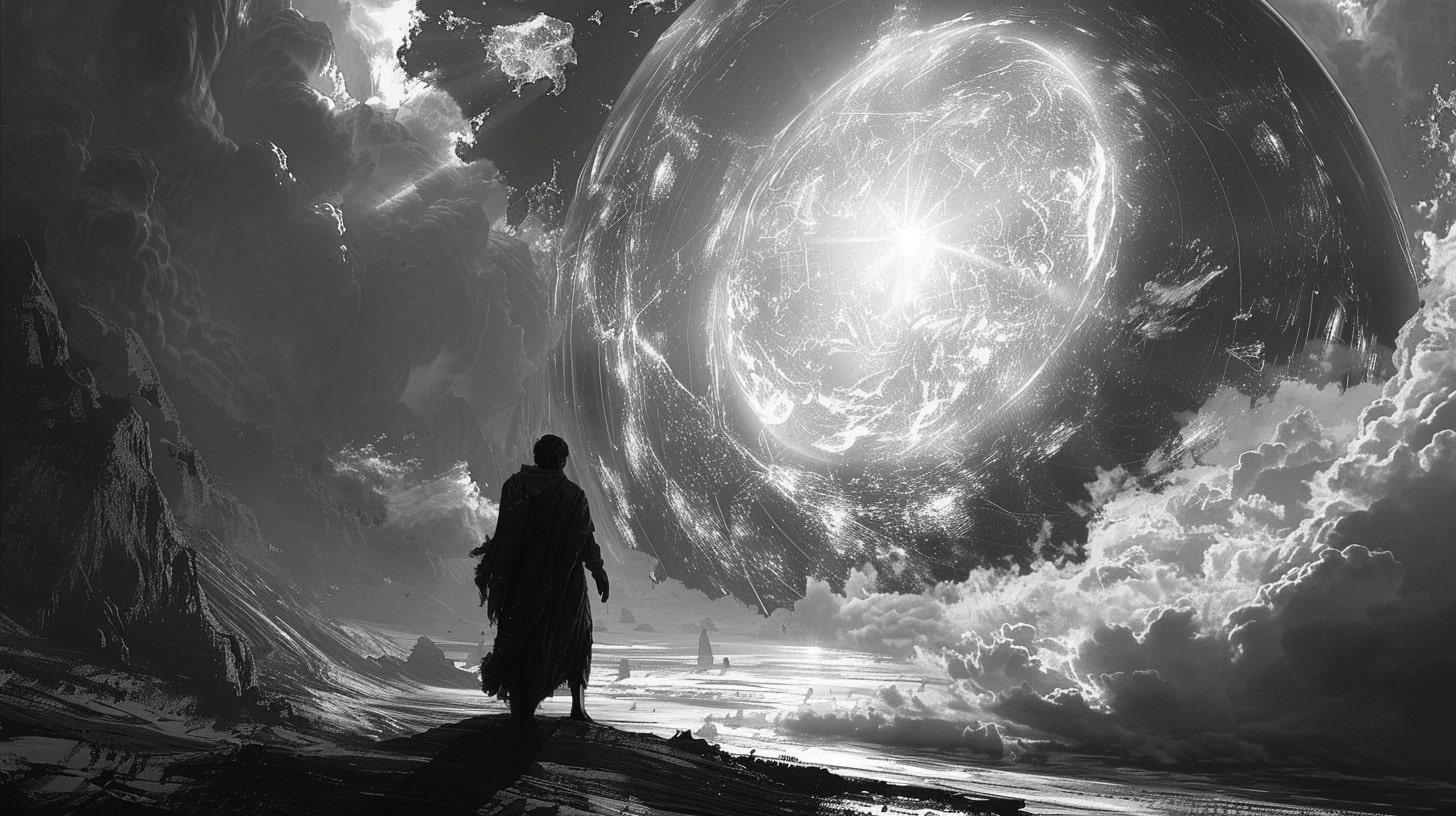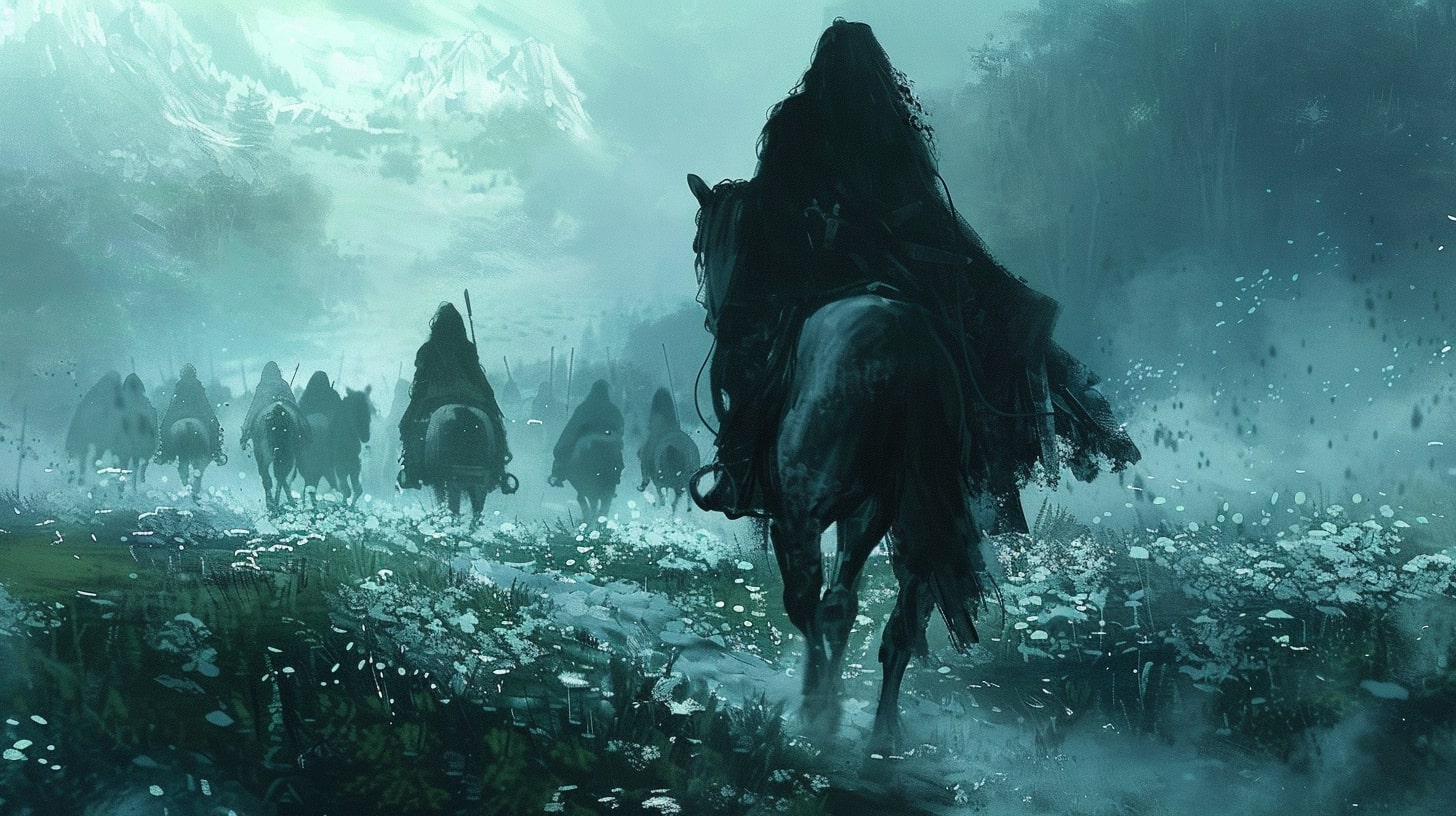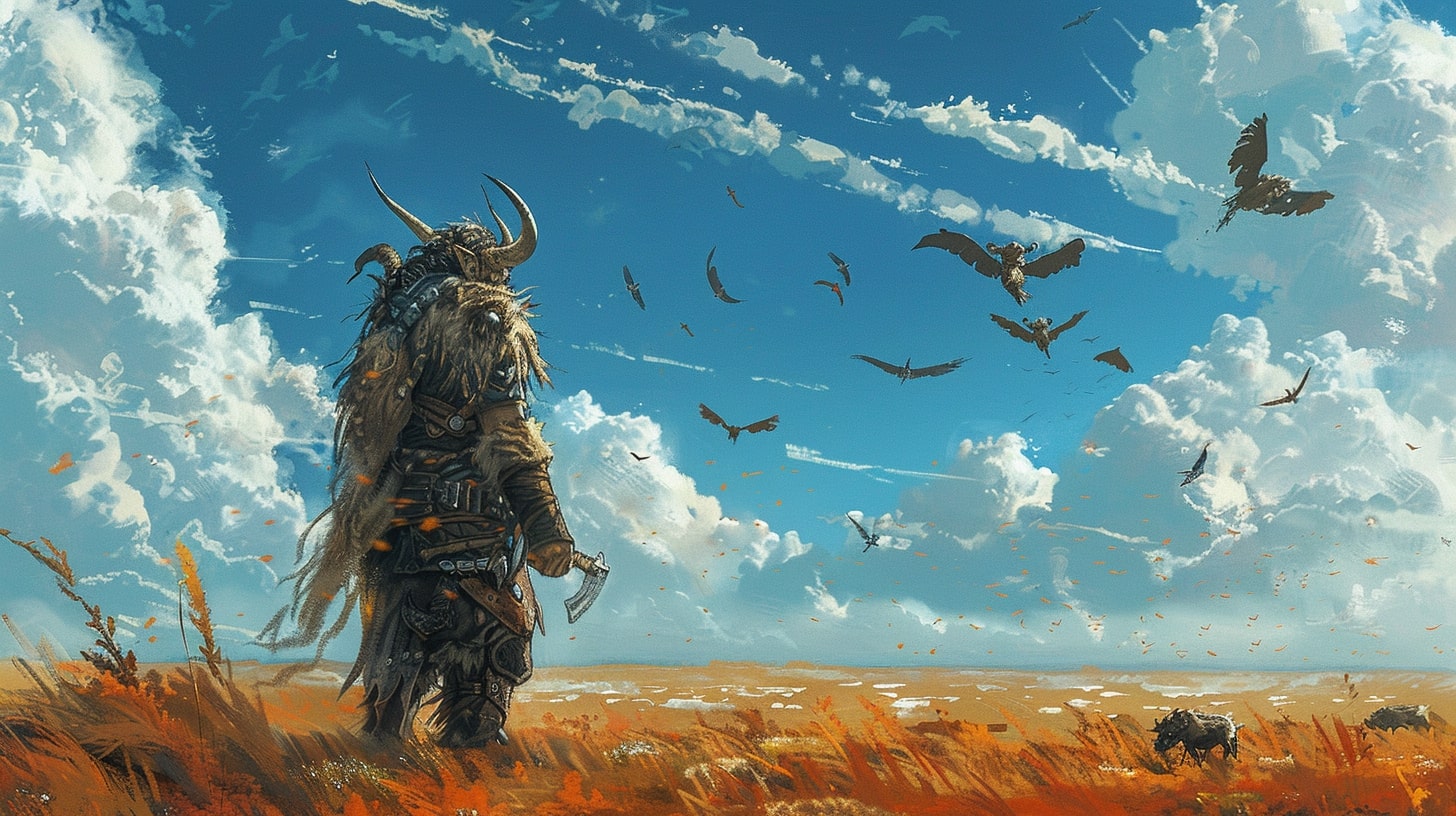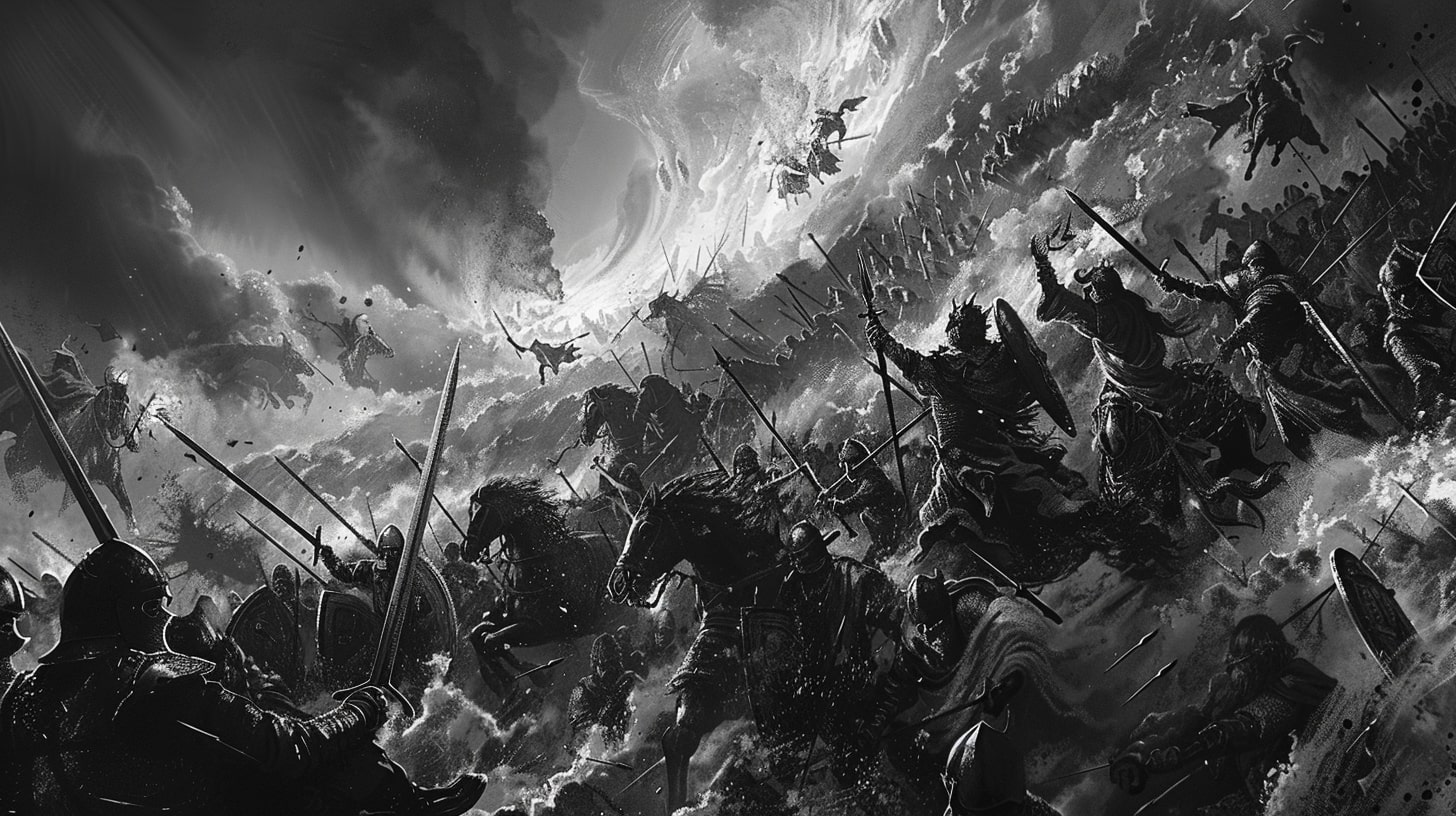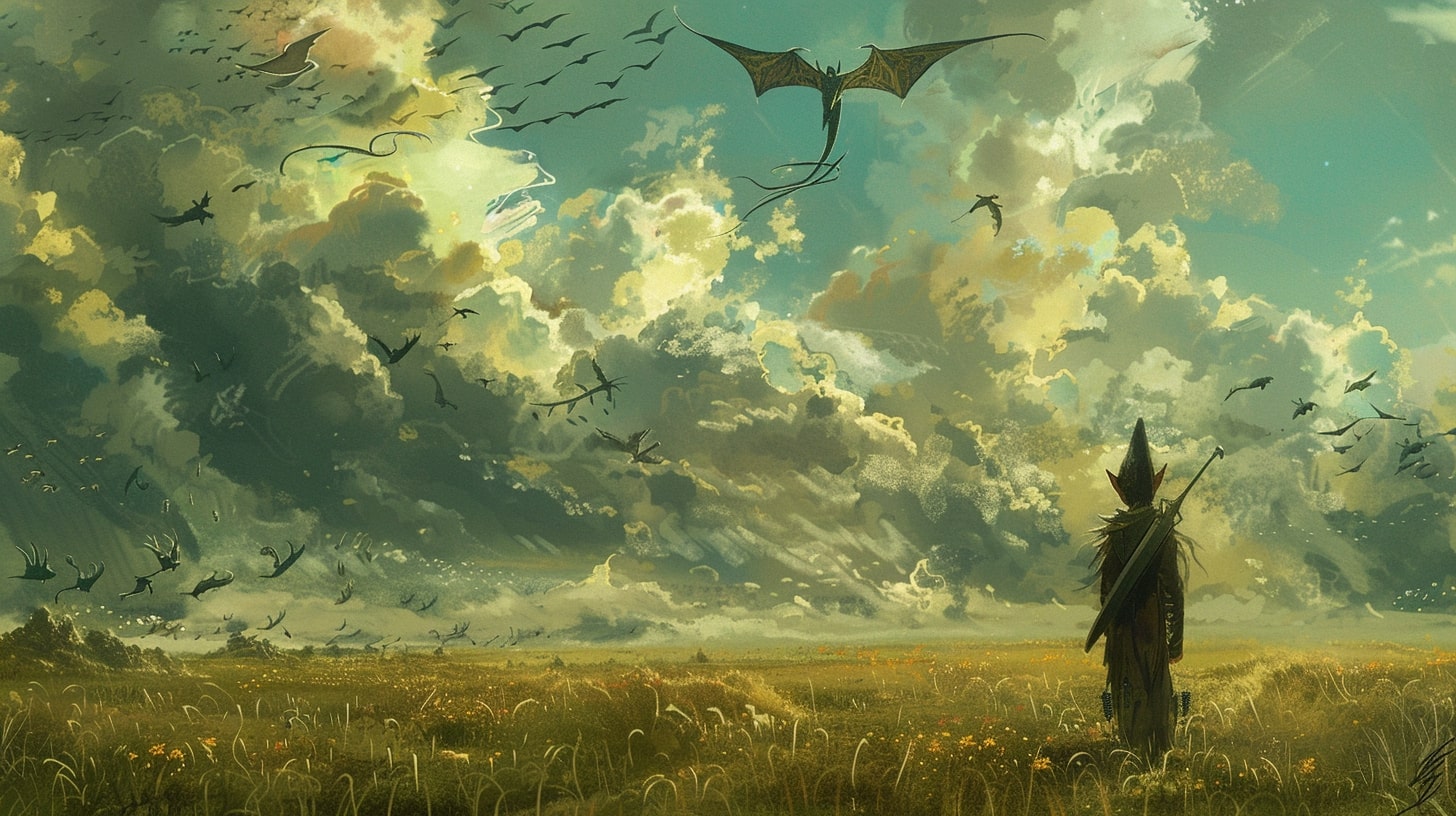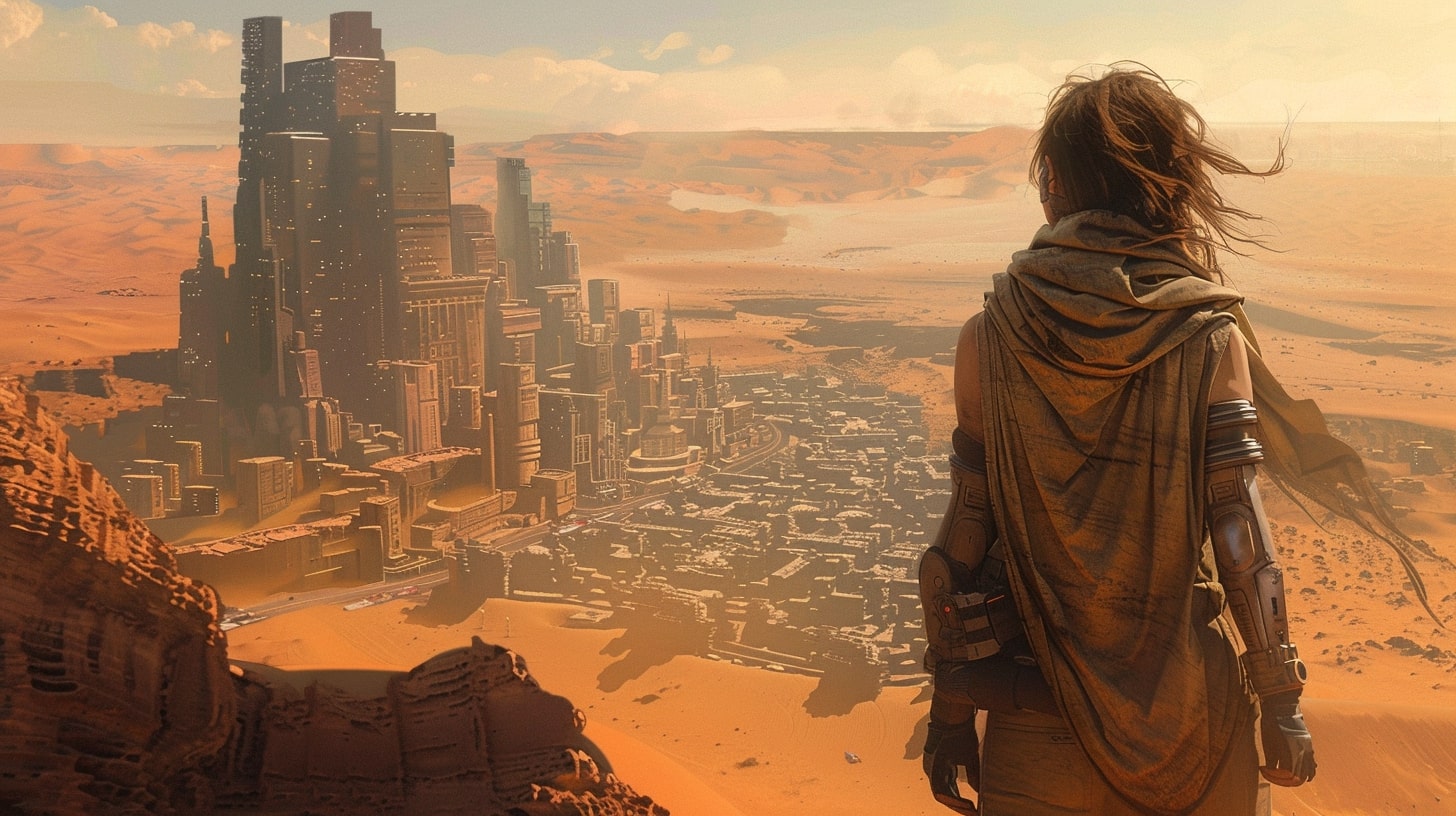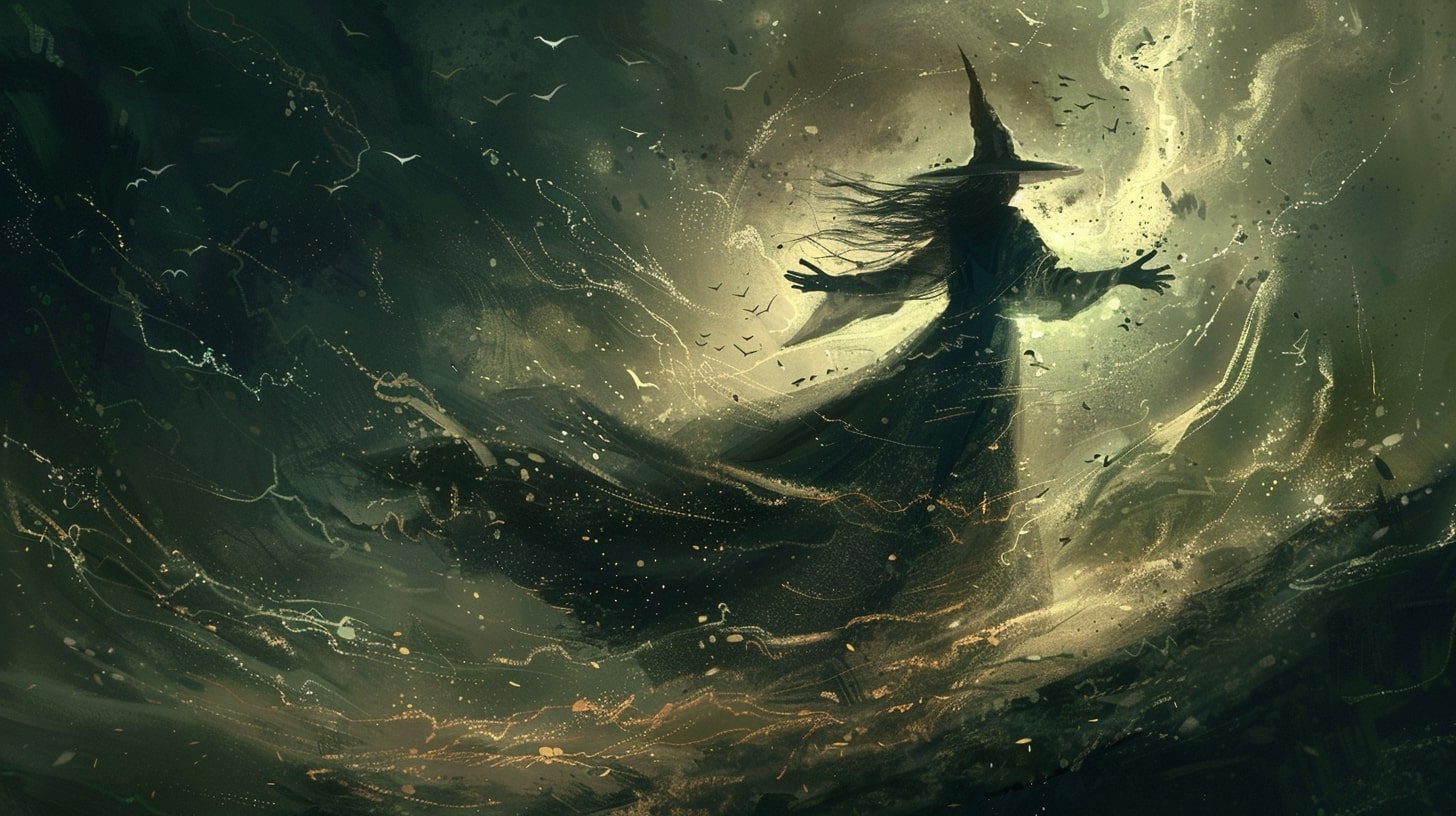The Magic of Creating a Fantasy World
Welcome to the enchanting world of fantasy writing! Creating a fantasy world allows you to unleash your imagination and transport readers to extraordinary realms filled with magic, mythical creatures, and epic adventures.
Whether you’re aspiring to write a fantasy novel, embark on a short story, or simply explore the depths of your creativity, building a fantasy world is an exhilarating journey.
Why Create a Fantasy World?
Creating a fantasy world gives you the freedom to escape the constraints of reality and explore limitless possibilities. It allows you to craft unique settings, cultures, and characters that captivate your readers and take them on extraordinary journeys.
In a fantasy world, you have the power to reimagine the laws of nature, introduce mythical beings, and weave intricate plots that defy the boundaries of the everyday world. By building a fantasy world, you can offer readers an escape from reality, ignite their imagination, and provide them with a sense of wonder and awe.
The Joys and Challenges of Worldbuilding
Worldbuilding is an exhilarating and immersive process that allows you to shape every aspect of your fantasy world. From geography and cultures to magic systems and creatures, you have the opportunity to create a rich and vibrant tapestry that comes alive in the minds of your readers.
The joy of worldbuilding lies in the freedom to let your imagination soar. You can design breathtaking landscapes, dream up diverse cultures, and craft intricate histories that add depth and authenticity to your world.
As you delve into the details of your fantasy world, you’ll discover the joy of bringing your creations to life and watching them unfold on the page.
However, worldbuilding also comes with its challenges. It requires careful planning, attention to detail, and consistency. Balancing creativity with believability can be a delicate task, as you strive to create a world that feels both fantastical and grounded.
It’s important to strike a harmonious balance between the fantastical elements of your world and the internal logic that governs it. This ensures that your readers can immerse themselves in your story without being jarred by inconsistencies.
Throughout the process of creating your fantasy world, it’s crucial to remember that worldbuilding is a means to an end. While it’s exciting to craft intricate histories, develop unique magic systems, and design fantastical creatures, these elements should serve the story you want to tell.
The world you create should enhance and enrich your narrative, providing a vibrant backdrop against which your characters can embark on their journeys.
So, grab your pen and paper, let your imagination run wild, and embark on the magical adventure of creating your own fantasy world. The possibilities are endless, and the joy of seeing your world come to life on the page is truly extraordinary.
Now that you understand the allure and challenges of worldbuilding, let’s dive into the process of creating a fantasy world by building a solid foundation.
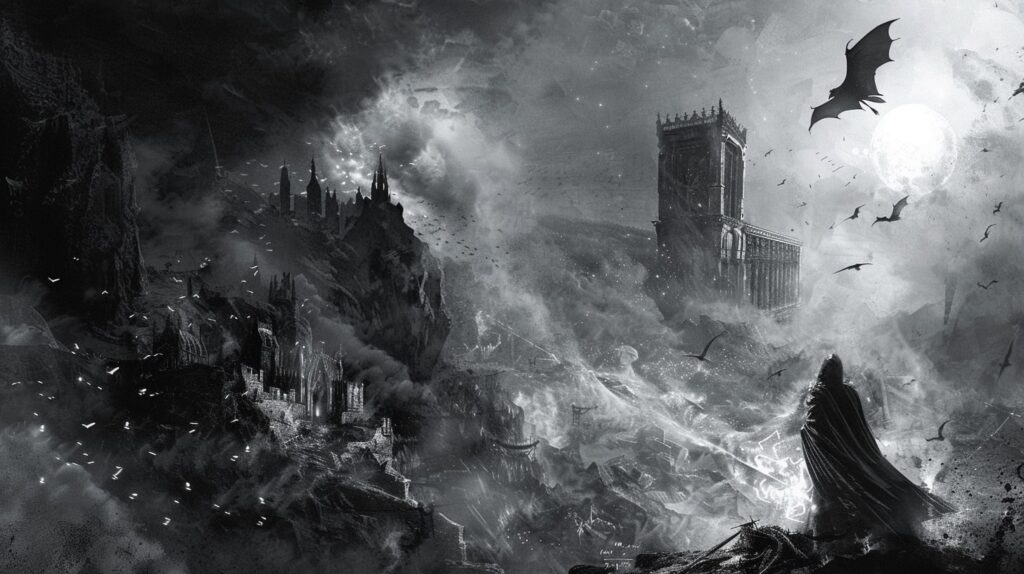
Getting Started: Building the Foundation
Before diving into the intricate details of creating a fantasy world, it’s essential to lay a strong foundation. This involves defining the genre and theme of your world and establishing rules and limitations that will govern its existence. Let’s explore these two crucial steps in the worldbuilding process.
Defining the Genre and Theme
The genre and theme of your fantasy world will set the tone for your story and shape its overall atmosphere. Are you envisioning a high fantasy realm filled with magic and mythical creatures?
Or perhaps a dystopian world on the brink of collapse? Defining the genre helps establish the boundaries within which your imagination can roam.
Consider the theme you want to explore within your fantasy world. Are you interested in themes of power, redemption, or love? Defining the theme will add depth and meaning to your world, allowing you to craft a compelling narrative that resonates with readers.
To learn more about different fantasy genres and writing tips, check out our article on how to write fantasy novels. It provides valuable insights that will help you navigate the world of fantasy writing and further refine your ideas.
Establishing Rules and Limitations
Every fantasy world needs rules and limitations to maintain consistency and believability. These rules govern the behavior of your world’s inhabitants, the workings of its magic systems, and the overall dynamics of the realm.
Consider the laws of nature and physics within your world. Are there specific limitations or deviations from the real world? Establishing these rules will help ensure coherence and prevent inconsistencies in your storytelling.
Additionally, consider the cultural, societal, and magical rules that shape your world. Are there certain taboos or customs that influence the behavior of its inhabitants? Are there limitations on the use of magic or specific consequences for breaking these rules?
By establishing rules and limitations, you create a framework that adds depth and realism to your fantasy world. It also provides opportunities for conflict and challenges that your characters can face throughout their journey.
To explore more about worldbuilding techniques and tips, including creating fantasy languages, crafting magic systems, and developing fantasy characters, visit our comprehensive article on fantasy writing tips.
With a solid foundation in place, you are ready to embark on the exciting journey of crafting your fantasy world. Remember to let your creativity flow while staying true to the genre, theme, rules, and limitations you have established.
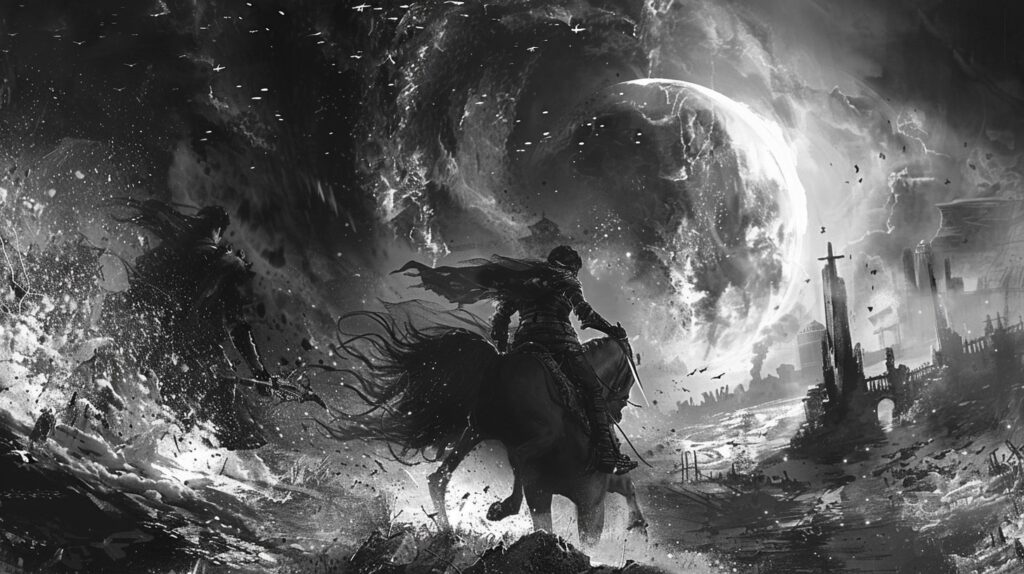
Crafting Your Fantasy World
To create a captivating fantasy world, you must pay attention to various aspects that bring it to life. This section will explore three essential elements of crafting your fantasy world: geography and landscapes, creating cultures and societies, and developing magic systems.
Geography and Landscapes
When building your fantasy world, consider the geographical features and landscapes that shape its environment. Are there vast mountain ranges, enchanted forests, or sprawling deserts?
Map out the different regions and their unique characteristics. This not only adds depth and realism to your world but also provides opportunities for exciting adventures and quests. For inspiration and tips on building a fantasy city, check out our article on building a fantasy city.
| Region | Key Features |
|---|---|
| The Misty Peaks | Towering mountains covered in perpetual mist |
| The Whispering Woods | Ancient trees that whisper secrets to those who listen |
| The Golden Sands | Endless dunes of shimmering golden sand |
Creating Cultures and Societies
To make your fantasy world feel authentic, create diverse cultures and societies that inhabit it. Consider their customs, traditions, social structures, and beliefs. Develop distinct languages or accents, rituals, and even unique modes of transportation. This adds richness and depth to your world, making it feel like a living, breathing place. For guidance on developing fantasy characters, check out our article on developing fantasy characters.
| Culture | Customs and Traditions |
|---|---|
| The Elven Kingdom | An emphasis on harmony with nature and a deep connection to the magical realm |
| The Dwarven Clans | A strong focus on craftsmanship and honor, with elaborate underground cities |
| The Nomadic Tribes | A nomadic lifestyle that revolves around following the migrations of mythical creatures |
Developing Magic Systems
In many fantasy worlds, magic is a fundamental part of the setting. When developing your magic system, consider the rules, limitations, and sources of magic. How do individuals harness magical abilities?
Are there different types of magic, each with its own strengths and weaknesses? Establishing clear guidelines for magic ensures consistency and prevents plot holes. For insights on creating a fantasy magic system, check out our article on creating a fantasy magic system.
| Magic System | Key Characteristics |
|---|---|
| Elemental Magic | The ability to control and manipulate the four elements: earth, air, fire, and water |
| Blood Magic | Drawing power from life force and sacrificing blood to perform spells |
| Divine Magic | Channeling the power of deities and invoking their blessings |
By carefully crafting the geography, cultures, and magic systems of your fantasy world, you create a vibrant and immersive setting for your story. Remember to integrate these elements seamlessly into your narrative, allowing readers to become fully immersed in the world you’ve created. Let your imagination run wild as you shape your fantasy world into a place that readers will long to explore.

Bringing Your Fantasy World to Life
Now that you have laid the foundation of your fantasy world, it’s time to breathe life into it by focusing on characters and creatures, language and vernacular, as well as visuals and aesthetics. These elements are crucial for immersing your readers in the fantastical realm you have created.
Characters and Creatures
Characters are the heart and soul of any story, and in a fantasy world, they play an even more pivotal role. Develop memorable and diverse characters that resonate with your readers.
Consider their backstories, motivations, and personalities. Are they heroic or flawed? Are they ordinary individuals or extraordinary beings with magical abilities? Take the time to flesh out your characters and make them relatable.
Furthermore, don’t forget to populate your world with captivating creatures. Whether mythical beasts or fantastical creatures unique to your imagination, these creatures add depth and intrigue to your story.
Consider their physical characteristics, behaviors, and how they interact with the world you have created. For more tips on crafting fantasy creatures, check out our article on crafting fantasy creatures.
Language and Vernacular
Language plays a vital role in worldbuilding. Develop a distinct language and vernacular for your fantasy world that reflects its unique cultures and societies. Consider creating a lexicon of terms, phrases, and even a complete grammar system for the languages spoken in your world. This attention to detail adds authenticity to your world and enhances the reader’s immersion.
You can also incorporate different dialects or accents to differentiate regions or social classes within your world. This adds depth to your characters and helps to establish a sense of cultural diversity. For more guidance on creating a fantasy language, refer to our article on creating a fantasy language.
Visuals and Aesthetics
The visual aspects of your fantasy world are crucial in captivating your readers’ imaginations. Describe the landscapes, architecture, and clothing styles in vivid detail. Take inspiration from real-world cultures or create entirely unique aesthetics. Consider the colors, textures, and overall atmosphere of your world.
Incorporate visual elements into your storytelling by using descriptive language to paint a picture in your readers’ minds. Allow them to visualize the towering spires of a grand city, the lush forests teeming with magical creatures, or the barren wastelands of a post-apocalyptic realm. By engaging multiple senses through visuals and aesthetics, you create a more immersive reading experience.
By focusing on characters and creatures, language and vernacular, and visuals and aesthetics, you can bring your fantasy world to life and captivate your readers’ imaginations. Remember to stay true to the rules and limitations you have established, and consistently weave these elements into your narrative to maintain the integrity of your world.
Weaving the Threads Together: Storytelling in Your Fantasy World
Now that you have built the foundation of your fantasy world, it’s time to bring it to life through storytelling. In this section, we will explore the crucial elements of plot and conflict, the role of worldbuilding as a plot device, and the importance of balancing worldbuilding and narrative flow.
Plot and Conflict
Plot and conflict are the driving forces behind any engaging story, and your fantasy world should be no exception. As you develop your plot, consider the unique aspects of your world that can create tension and propel the narrative forward.
This could be a quest to recover a powerful artifact, an epic battle between opposing factions, or a personal struggle for a character to overcome their inner demons.
Incorporate conflicts that arise from the intricacies of your fantasy world. Whether it’s political rivalries, magical disputes, or clashes between different species, these conflicts add depth and excitement to your story. Remember to balance major conflicts with smaller, personal ones that allow readers to connect with your characters on a deeper level.
Worldbuilding as a Plot Device
Worldbuilding can serve as more than just a backdrop for your story. It can be a powerful plot device that drives the narrative forward. Utilize the unique elements of your fantasy world to create obstacles, opportunities, and challenges for your characters.
Consider how the rules and limitations you established in the earlier stages of worldbuilding can influence the plot. A magic system with its own set of laws and consequences can create conflicts and dilemmas for characters to navigate. The geography and landscapes of your world can present physical challenges that characters must overcome.
By integrating worldbuilding seamlessly into the plot, you create a more immersive storytelling experience for your readers.
Balancing Worldbuilding and Narrative Flow
While worldbuilding is essential in a fantasy world, it’s crucial to strike a balance between detailed worldbuilding and maintaining a smooth narrative flow. Too much emphasis on worldbuilding can slow down the pacing of your story and overwhelm your readers.
Introduce elements of your world gradually, weaving them into the narrative as the story progresses. Avoid lengthy info-dumps and instead reveal information organically through character dialogue, actions, and experiences. This allows readers to discover and understand your world alongside the characters, enhancing their engagement with the story.
Remember that worldbuilding is a means to support your storytelling, not the sole focus. Prioritize the development of your characters, their arcs, and the overall plot, ensuring that the worldbuilding elements enhance and enrich these core aspects of your story.
By carefully balancing worldbuilding with plot and narrative flow, you can create a captivating and immersive fantasy world that keeps readers eagerly turning the pages.
As you continue to craft your story within your fantasy world, keep in mind the importance of plot and conflict, the potential of worldbuilding as a plot device, and the necessity of balancing worldbuilding with the narrative flow. With these elements in harmony, your fantasy world will come alive, enticing readers to embark on an unforgettable journey.
